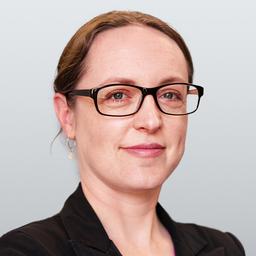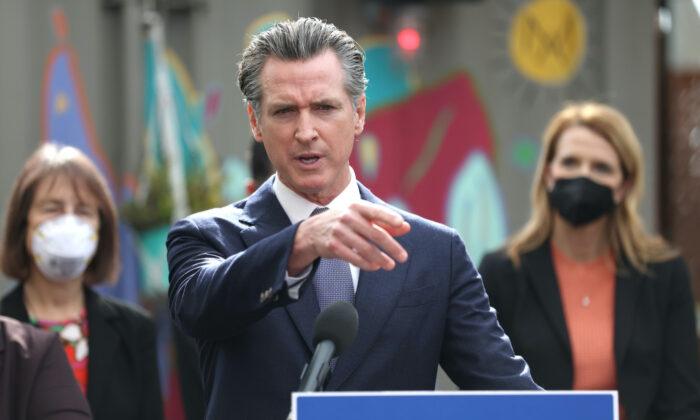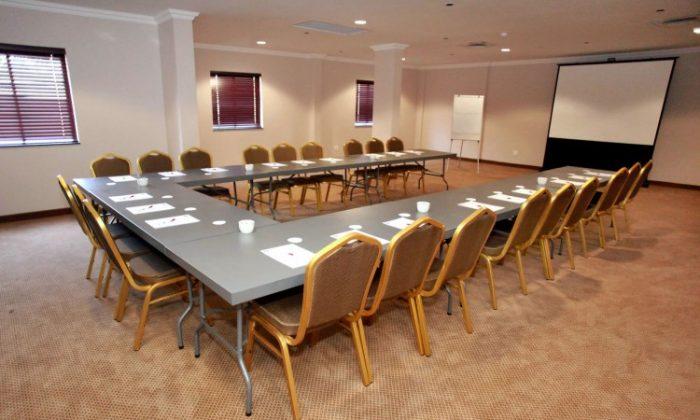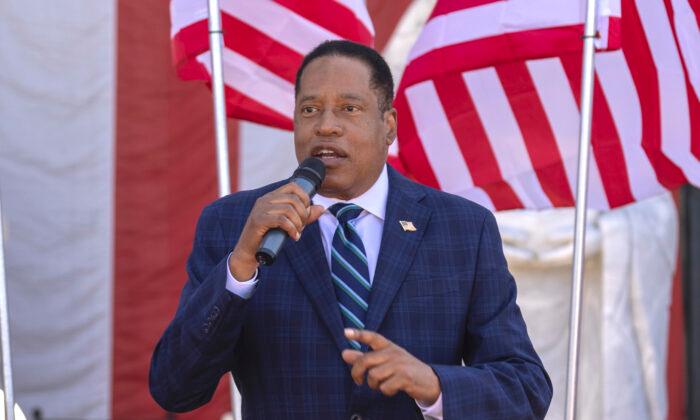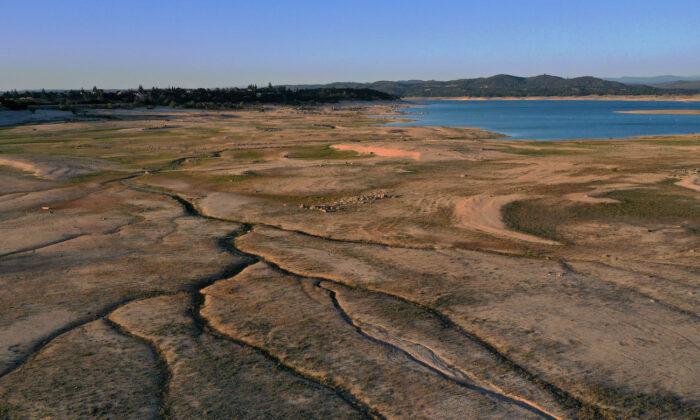RIVERSIDE, CA—Assistant Professor William Grover showed off videos of his bouncing baby twin boys on Wednesday to help explain his most recent scientific research.
His presentation was at the 95th annual meeting of the American Association for the Advancement of Science (AAAS) this week at the University of California, Riverside (UCR). 500 scientists from almost 30 research institutions met to discuss the latest scientific advancements in their fields.
Professor Grover said the rate at which a baby bounces on a bouncing chair can be used to calculate the baby’s mass, volume, and density, and can help monitor his health. Grover has built a similar bouncing (or oscillating) device for other objects as small as a red blood cell.
He is currently using this technique to study zebrafish and the effect of toxins in the water on their growth.
“If you see healthy growth, then hopefully it means the water’s healthy, and there’s nothing in that lake that we should be worrying about,” he said. “If there’s a chemical out in the environment that affects their growth, then it’s likely it might hurt us too.”
Professor Grover said in the future this technique might even be able to help test athletes’ blood for “blood doping.” Blood doping can include a process in which an athlete is illegally given a blood transfusion of his own stored blood to help his performance. It is difficult to detect.
In the poster presentation room of the conference, UCR student Elizabeth Koo presented the results of a year of research into mosquito reproduction. She said she may have found a way to stop mosquito sperm from being able to move.
“This can maybe stop a lot of diseases from spreading,” such as malaria, she said.
The University of California, Riverside hosted the conference for the Pacific Division of the AAAS, which includes more than 30,000 members.
In a letter to the participants of the event, Richard A. Cardullo, Ph.D., the president of the AAAS Pacific Division, said, “This year’s theme, ‘Innovation for a Changing World,’ reflects many of the emerging research programs around the nation as we confront enormous challenges related to population growth, climate change, and evolving social pressures that may alter the environment and our place in it.”
Other presentations planned for later in the week include topics from bone remodeling and spinal cord regeneration to searching for extrasolar planets through the next generation of telescopes.
